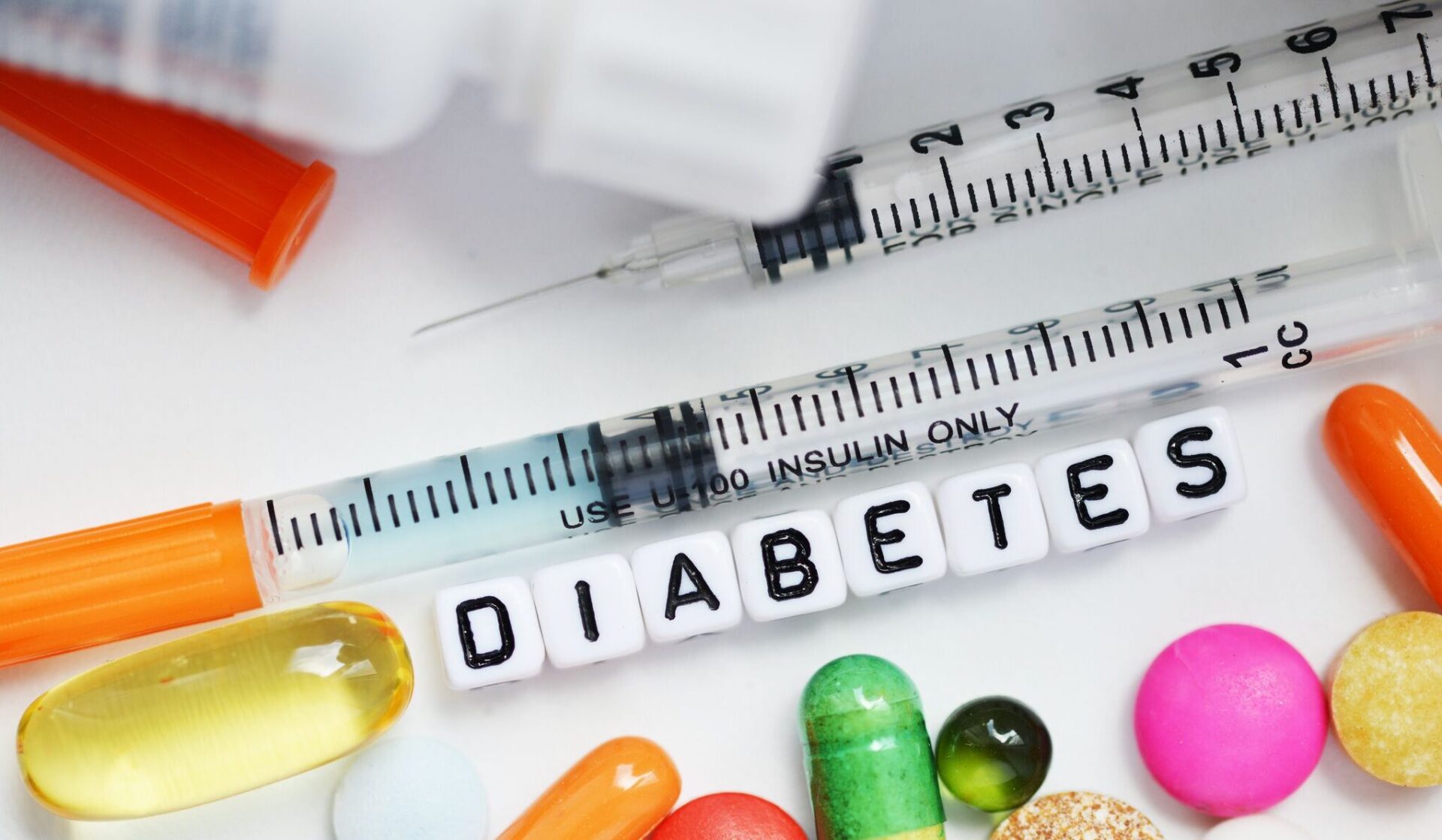Diabetes: The Bitter Truth

Indonesia is experiencing a rapid increase in prevalence of non-communicable diseases (NCD). NCDs, according to the data from the World Bank comprise 76% of the country’s total deaths in 2019, with diabetes as the third leading cause of death among Indonesians. The prevalence of diabetes in the country already poses a negative impact on the nation’s economy, health, and quality of life.
Data from the International Diabetes Federation (IDF) showed that in 2021, 19,465,100 of the 179,720,500 Indonesian adult population suffer from diabetes. In addition, the same data projects that the number of adults with diabetes will be 23,328,000 by 2030 and will further increase to 28,569,900 by 2045.
Diabetes occurs when the pancreas can no longer generate insulin or when the body cannot effectively use the insulin it generates resulting to elevated blood glucose levels. Long-term elevated glucose levels are linked to cellular deterioration and organ and tissue failure.
Diabetes has three (3) types:
Type 1 diabetes can occur at any age, but it is most common in children and adolescents. With type 1 diabetes, your body generates very little or no insulin, requiring daily insulin injections to keep blood glucose levels under control.
Type 2 diabetes is more common in adults and accounts for roughly 90% of all diabetes occurrences. When you have type 2 diabetes, your body does not effectively utilize the insulin it generates.
Gestational diabetes (GDM) is a kind of diabetes characterized by high blood glucose levels that develops in women during pregnancy. It normally goes away after pregnancy, but women who have it as well as their children are more likely to develop type 2 diabetes in the future.

Symptoms and Risk Factors
According to the World Health Organization, symptoms, which may suddenly occur, include increased urine excretion (polyuria), thirst (polydipsia), persistent hunger, weight loss, visual problems, and exhaustion.
Along with age, family history, and genetics, certain risk factors involving lifestyle and medical condition can also raise the chance of developing diabetes. Those who are susceptible to developing diabetes include:
- Children of diabetics;
- Obese people;
- People with hypertension;
- People with high cholesterol levels;
- People with sedentary lifestyles
Cigarette smoking, alcohol intake, caloric intake, and carbohydrate intake can also increase one’s risk and can make diabetes even harder to manage.
Prevention
The WHO stated that changes in lifestyle can delay or stop the onset of type 2 diabetes and recommended the following actions:
- achieve and maintain a healthy body weight;
- be physically active – doing at least 30 minutes of regular, moderate-intensity activity on most days. More activity is required for weight control;
- eat a healthy diet, avoiding sugar and saturated fats; and
- avoid tobacco use – smoking increases the risk of diabetes and cardiovascular disease
Treatment
Diabetes treatment includes diet, physical activity, management of blood sugar, cholesterol, and blood pressure levels. Blood glucose testing can help in early diagnosis.
Interventions that are both cost-effective and viable in low- and middle-income nations include:
- blood glucose management, especially for type 1 diabetes
- regulation of blood pressure;
- foot care (patient self-care by maintaining foot hygiene; wearing appropriate footwear; seeking professional care for ulcer management; and regular examination of feet by health professionals)
Additional cost-saving measures include:
- screening and care for the condition retinopathy, which results in blindness;
- regulation of blood lipids (to maintain healthy cholesterol levels);
- Detecting and treating renal disease caused by diabetes in its early stages
November 14 is World Diabetes Day
The IDF and WHO established World Diabetes Day in 1991 in response to growing concerns about the increasing health threats posed by diabetes. It is commemorated annually every November 14, the date of birth of Sir Frederick Banting. Sir Frederick Banting, together with Charles Best, discovered insulin in 1922.
The theme for this year is “access to diabetes care” with IDF urging policymakers to broaden access to diabetes education. Further, the activities planned by WHO will touch on a variety of subjects, from advocating for the needs of those who are living with diabetes to the Global Diabetes Compact, which directs global efforts to lower the risk of developing diabetes and guarantee access to care.
References:
About WDD | World Diabetes Day. (n.d.). http://worlddiabetesday.org/about/
Cause of death, by non-communicable diseases (% of total) – Indonesia | Data. (n.d.). https://data.worldbank.org/indicator/SH.DTH.NCOM.ZS?locations=ID
CDC in Indonesia | CDC. (n.d.). https://www.cdc.gov/globalhealth/countries/indonesia/default.htm
Diabetes. (2022, September 16). https://www.who.int/news-room/fact-sheets/detail/diabetes
Indonesia. (2017, September 16). Institute for Health Metrics and Evaluation. https://www.healthdata.org/indonesia
Indonesia diabetes report 2000 — 2045. (n.d.). International Diabetes Federation. https://diabetesatlas.org/data/en/country/94/id.html
Prevention and control of diabetes WDF08-328. (2019, January 14). World Diabetes Foundation. https://www.worlddiabetesfoundation.org/projects/indonesia-wdf08-328
What is diabetes. (n.d.-c). https://www.idf.org/aboutdiabetes/what-is-diabetes.html
What is Diabetes? (2022, July 7). Centers for Disease Control and Prevention. https://www.cdc.gov/diabetes/basics/diabetes.html
